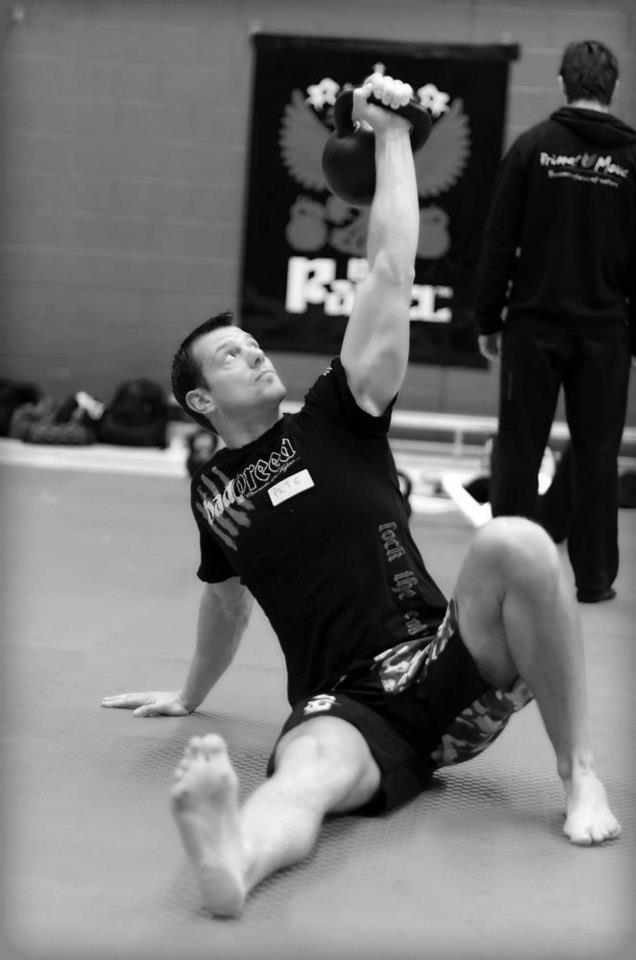Kettlebells are a great tool to help you develop strength and endurance, build muscle and reduce body fat. However the exercises are fairly technical, so attention to detail is paramount if you want your experience with kettlebell training to be a positive one.
Kettlebell instruction varies greatly, in some cases there is no instruction, which leads on to injuries and bad mouthing of the activity. The problem is never the kettlebell, its not the kettlebells fault you hurt yourself, the blame lies with the fitness industry who are dumbing down what is a technical physical activity, and putting it into the hands of under qualified instructors.
This is why we are certified through Strongfirst, one of a handful of course providers who have passing standards in technique, strength, conditioning and written tests.
To ensure safe and efficient kettlebell practice, make sure you are not committing any of the following mistakes. If you need your technique fine tuned, get in touch, we can help.
Squatting not hinging
This is easily the most common mistake people make, and even some personal trainers are doing this. The ballistic kettlebell exercises are part of the hinge family of movements. Others include the deadlift and variations of, some squat varations, good mornings and the Olympic lifts.
If you don’t hinge, you don’t engage the right muscles. Hinging exercises target the hamstrings and glutes, without hinging you won’t develop a powerful swing, which lays the foundation for all other ballistic KB exercises.
The fix – Stand 6 inches away from a wall with your back to it. Flex from the hip joint and push your hips backwards until your bum touches the wall. Keep your knees soft. Extend the hips forward and stand tall. Now move away from the wall an inch or so, and repeat. Keep moving away until you come off balance and fall onto the wall. At this point you have gone to far, so move back a fraction. Find the spot away from the wall, that forces you to push your hips back a long way, lengthening your hamstrings (if you feel a slight pull that’s good) without coming off balance. This is your sweet spot for you to train your hip hinge. Perform as many repetitions as you need in order to get used to this idea of moving from the hip joint.
Using the arms and shoulders in the swing
This mistake usually accompanies the above mistake. If you are using a squatting type swing, you might also be using your arms and shoulders to move the weight?
The swing is a hip driven exercise, there should be no involvement of the upper body muscles to move the bell, and the direction of force is forward, not upwards.
The fix – Grab a towel and thread it through the handle of your KB, hold the towel either side of the KB and perform your swings. If you are using your arms and shoulders, this will be obvious straight away as the towel will droop, disrupting the flow and timing of your swing. With enough practice you will figure out what to do.
Not getting instruction
There are so many possible mistakes, this blog post could have been 5000 words! So to keep it short my third biggest mistake is simply not getting instruction.
Further more, a lot of the other mistakes people make, often lead back to the above two mistakes anyway. So lets fix those first.
There is so much to learn with KB training, getting some in person instruction can save you tons of frustration, banged up wrists, and avoid potential injury. As with any skill, there are nuances and attention to detail that you aren’t even aware of. Watching a Youtube video is not nearly enough if you want to make good progress and develop strength and conditioning that the most dilligent athlete would be proud of. Hire a good KB coach and catapult your training and progression, reaching your goals faster.
Train hard, train smart, train safe!
Pete

